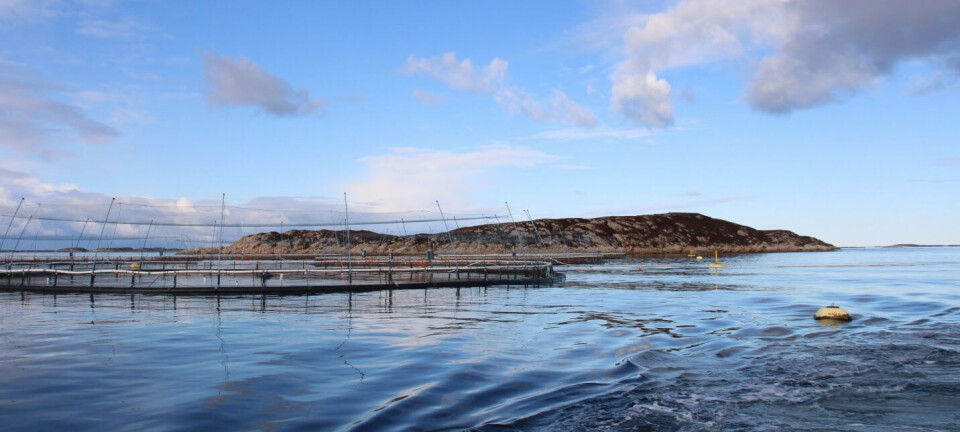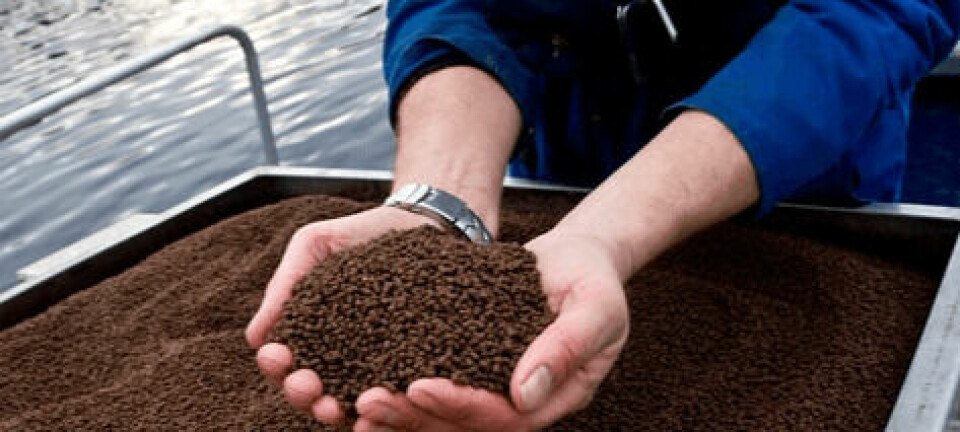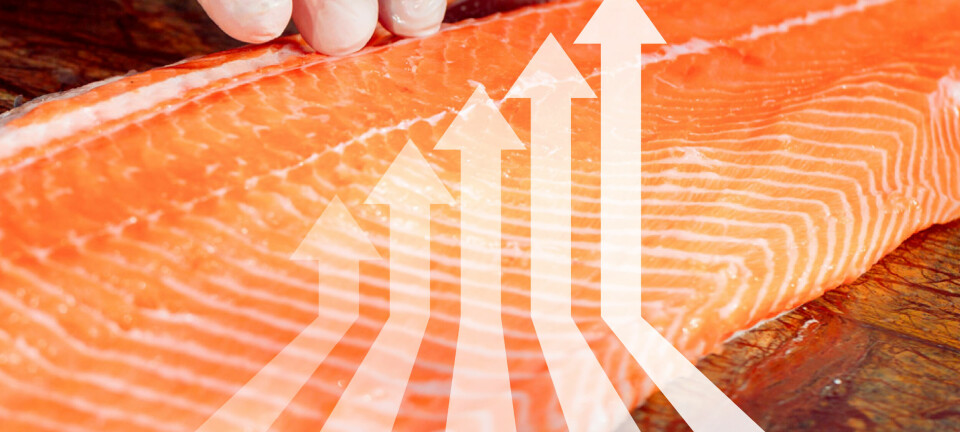Colonsay salmon site approaches
The site, which will be about a mile off the north east coast of the island, was chosen after the company looked to expand in more exposed locations within the Minch several years ago and will employ at least six people. It is expected to produce around 2,500 tonnes per cycle, in a dozen 120-metre circumference cages, supplied by a 400 tonne feed barge.
Steve Bracken, Business Support Manager at Marine Harvest, explains: “We realised that it would be a great location but wanted to assess the support of the islanders before we applied for planning permission.
“We also carried out an environmental impact assessment and a number of drop-in meetings so the community could make an informed decision.
“There are only 120 people on the island and we felt it was important to get a consensus before we preceded with any planning application, and used London-based Electoral Reform Services to conduct the ballot, to ensure it was carried out fairly and would produce a clear result.
“We were delighted that 60% were in favour of the idea and felt that gave us a mandate to proceed and apply for planning permission and this was duly granted.”
“Wherever we can we will employ locally, except the farm manager and assistant manager, as we need to have people who are already trained up to run the farm initially, although they can then help train up the locals.”
The Colonsay farm will be about a year behind a similar project off the island of Muck – a venture that has, says Bracken, “doing very well”. Originally earmarked to be run by six staff, the Muck venture now employs 12, operating on a 2 week on/off basis and this model may well be used on Colonsay too.























































